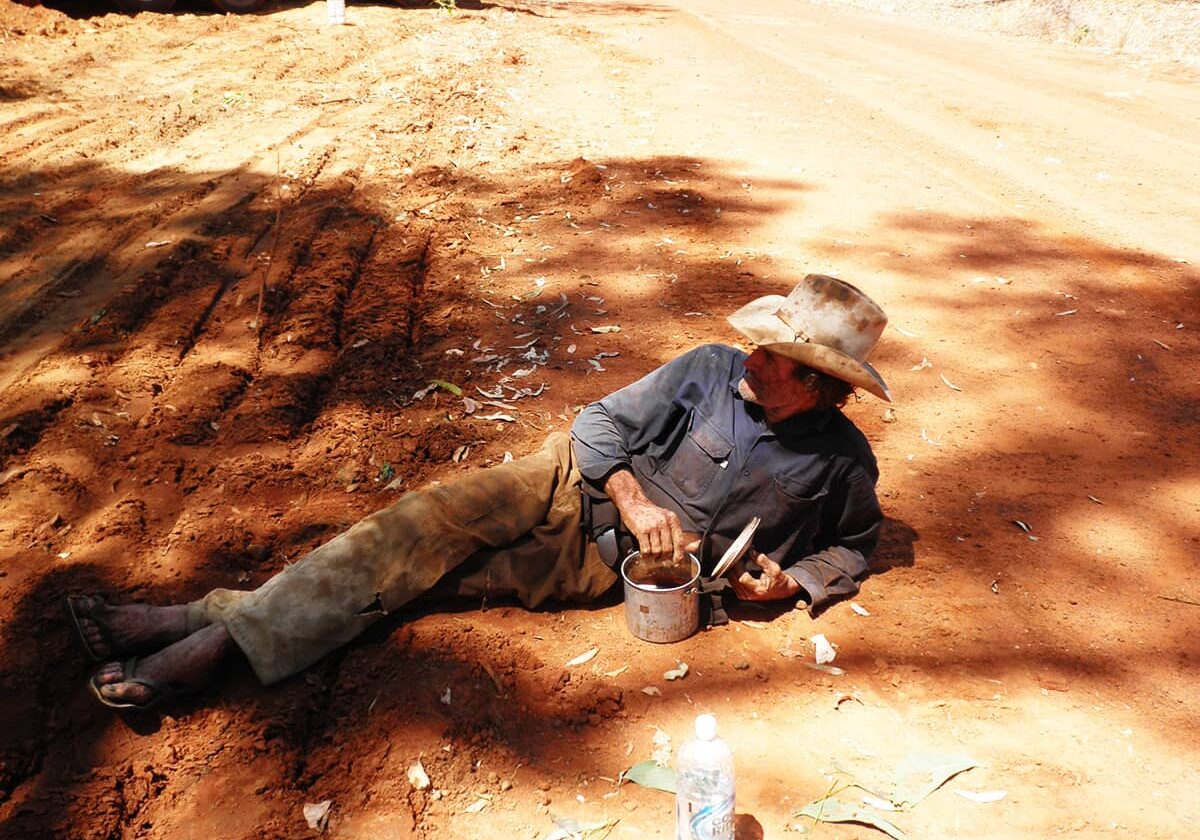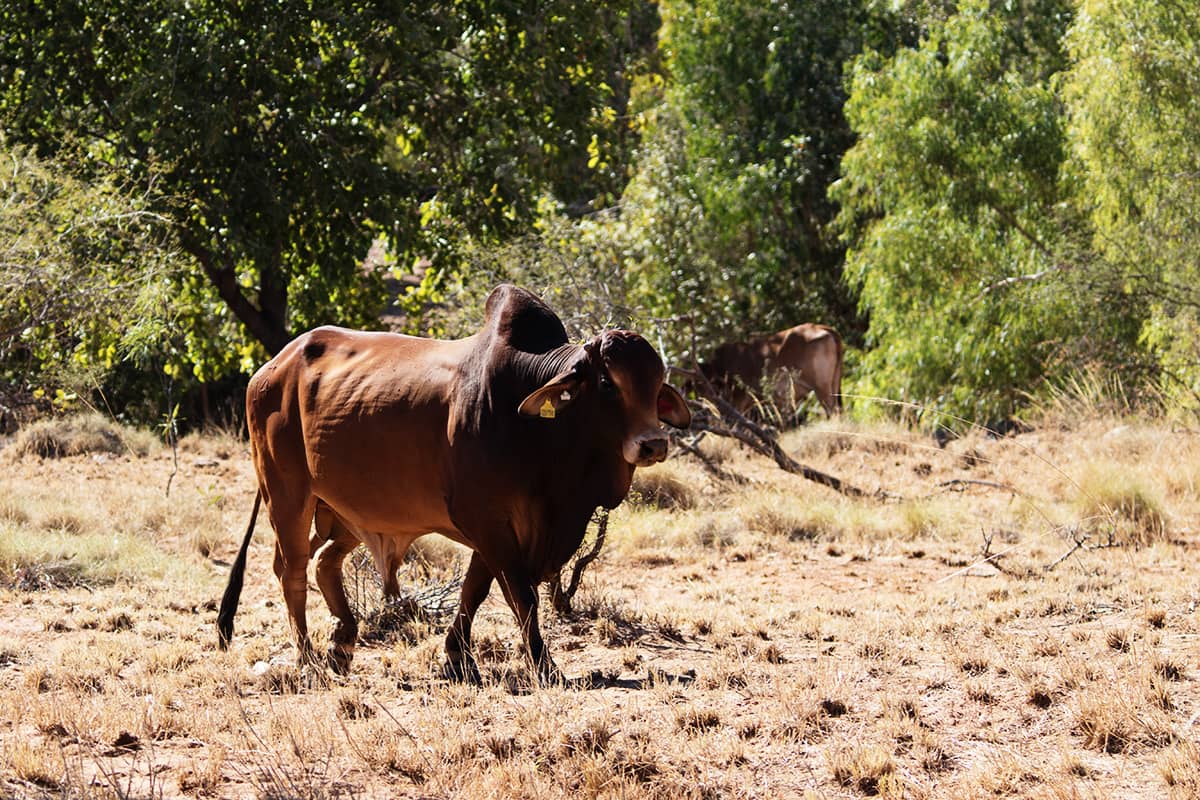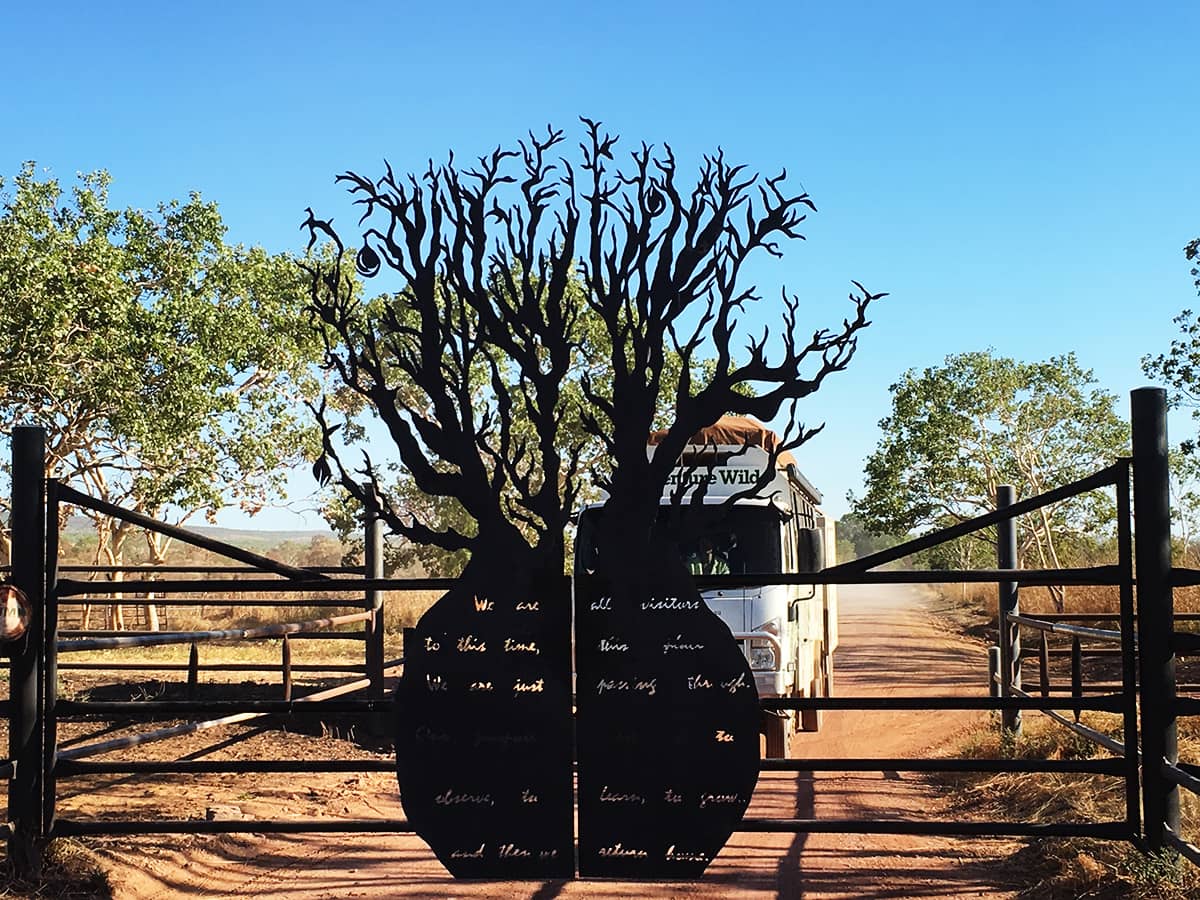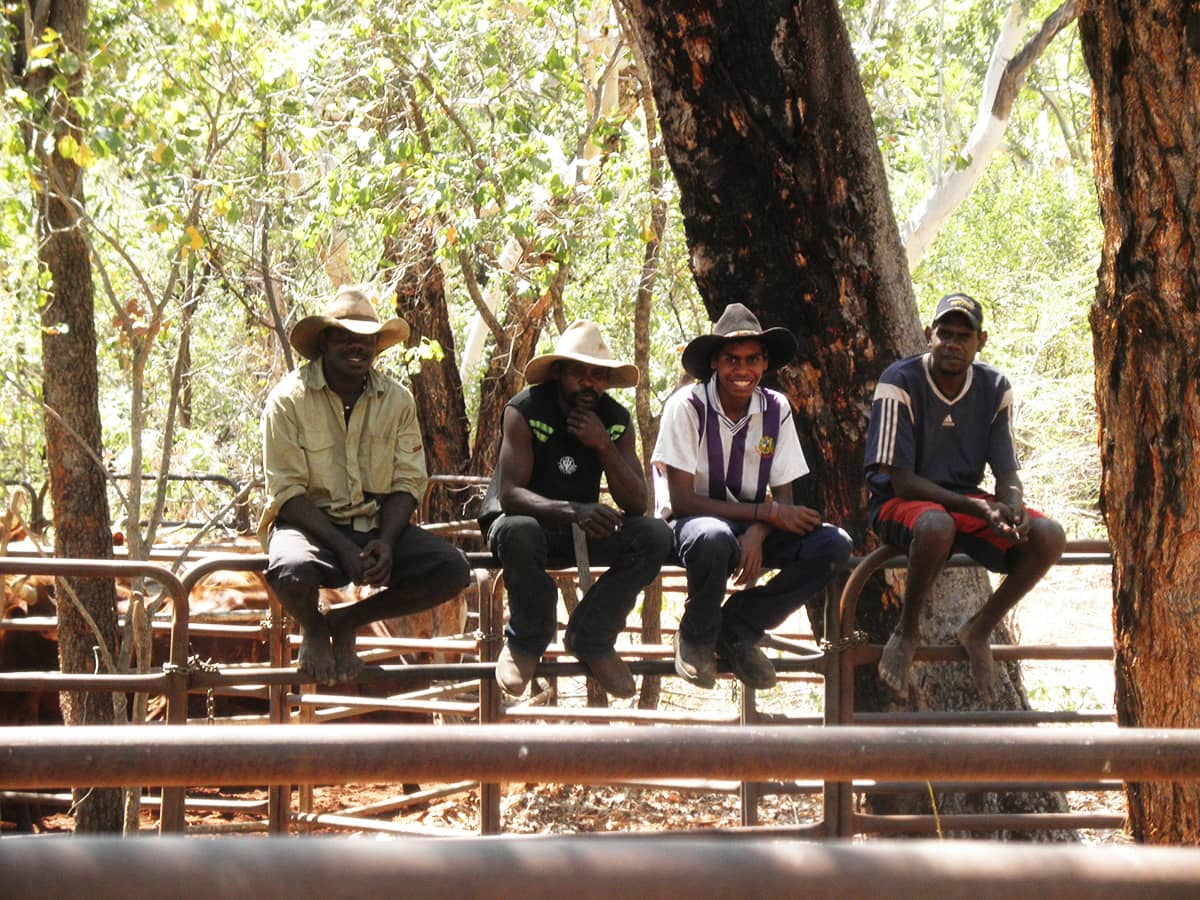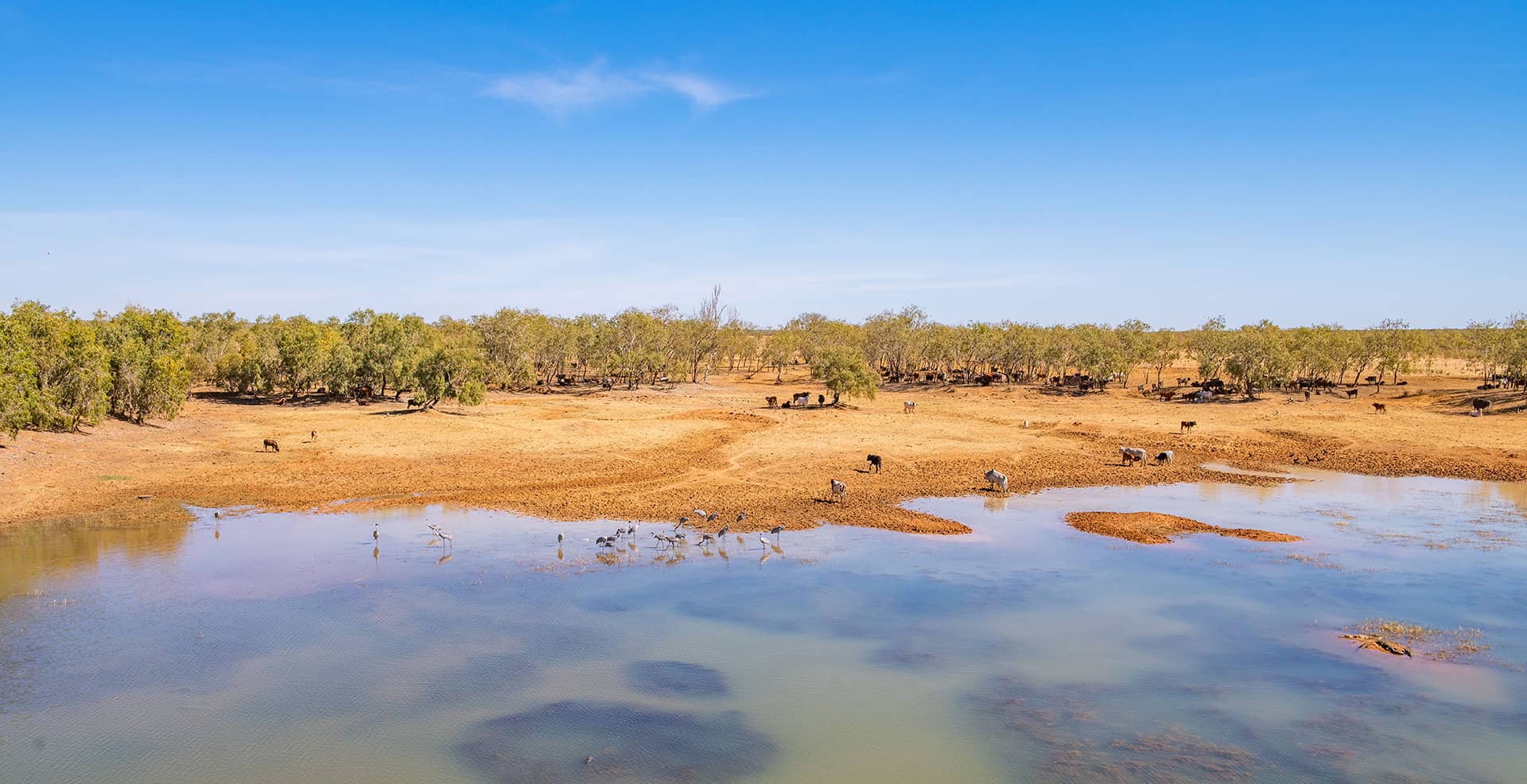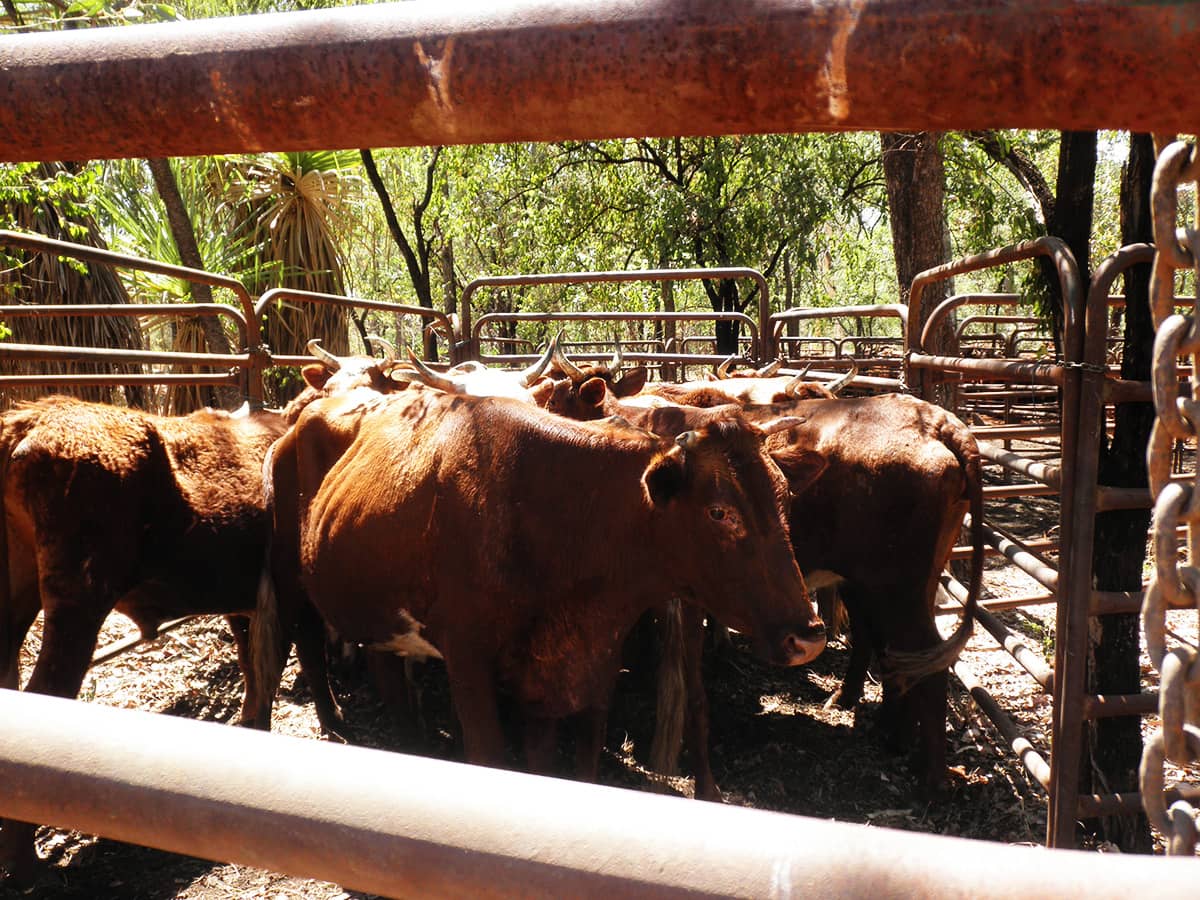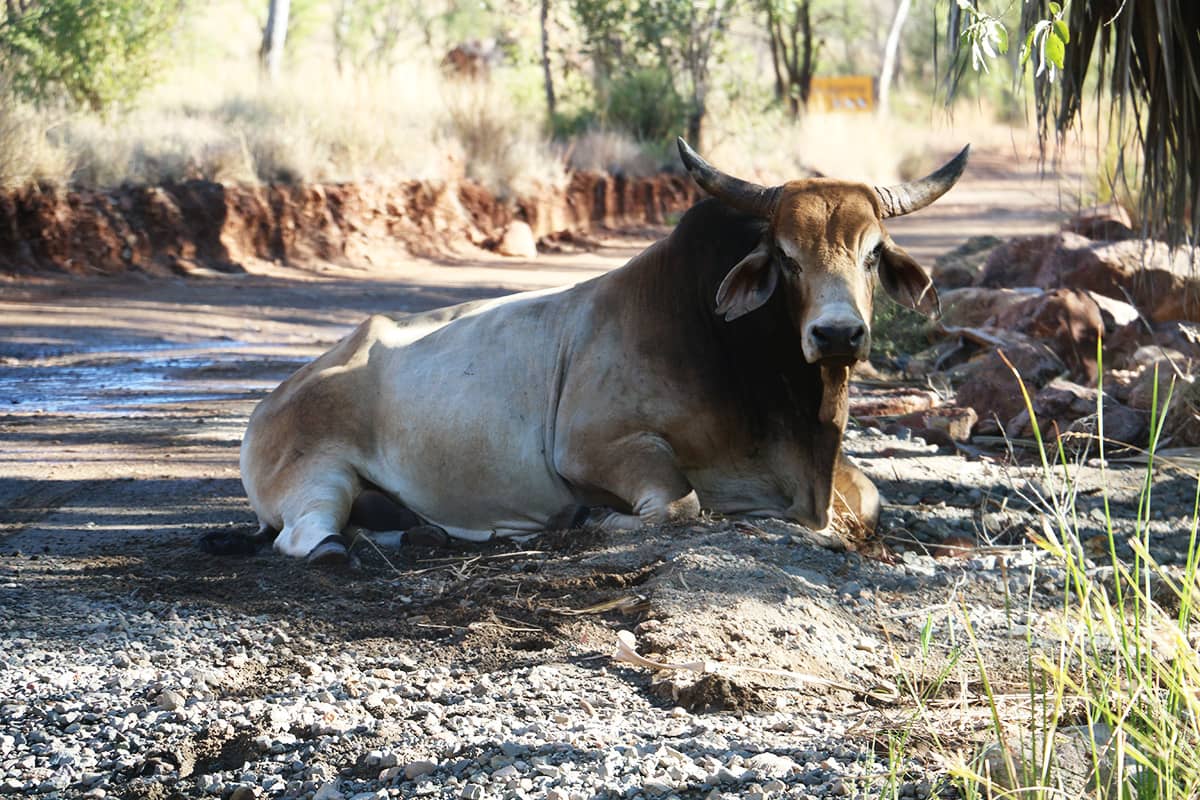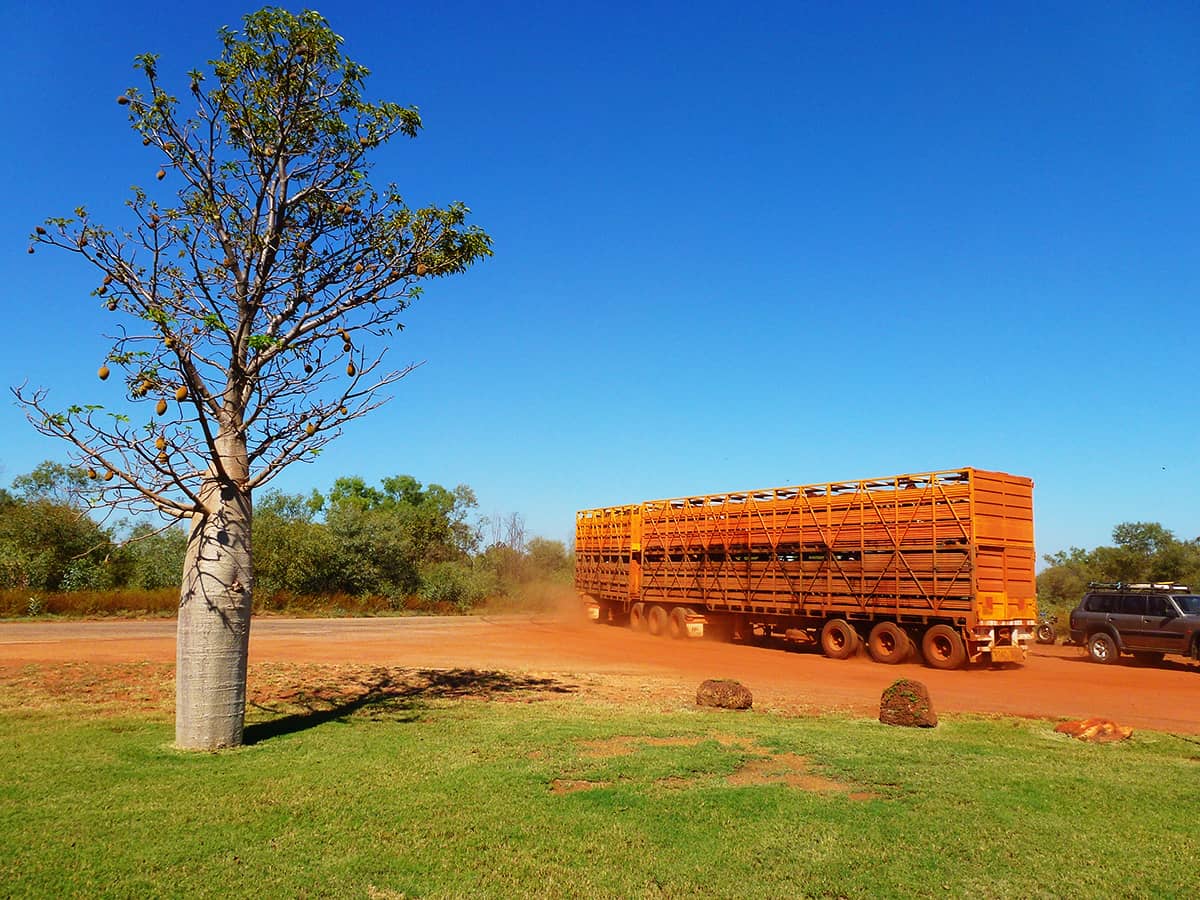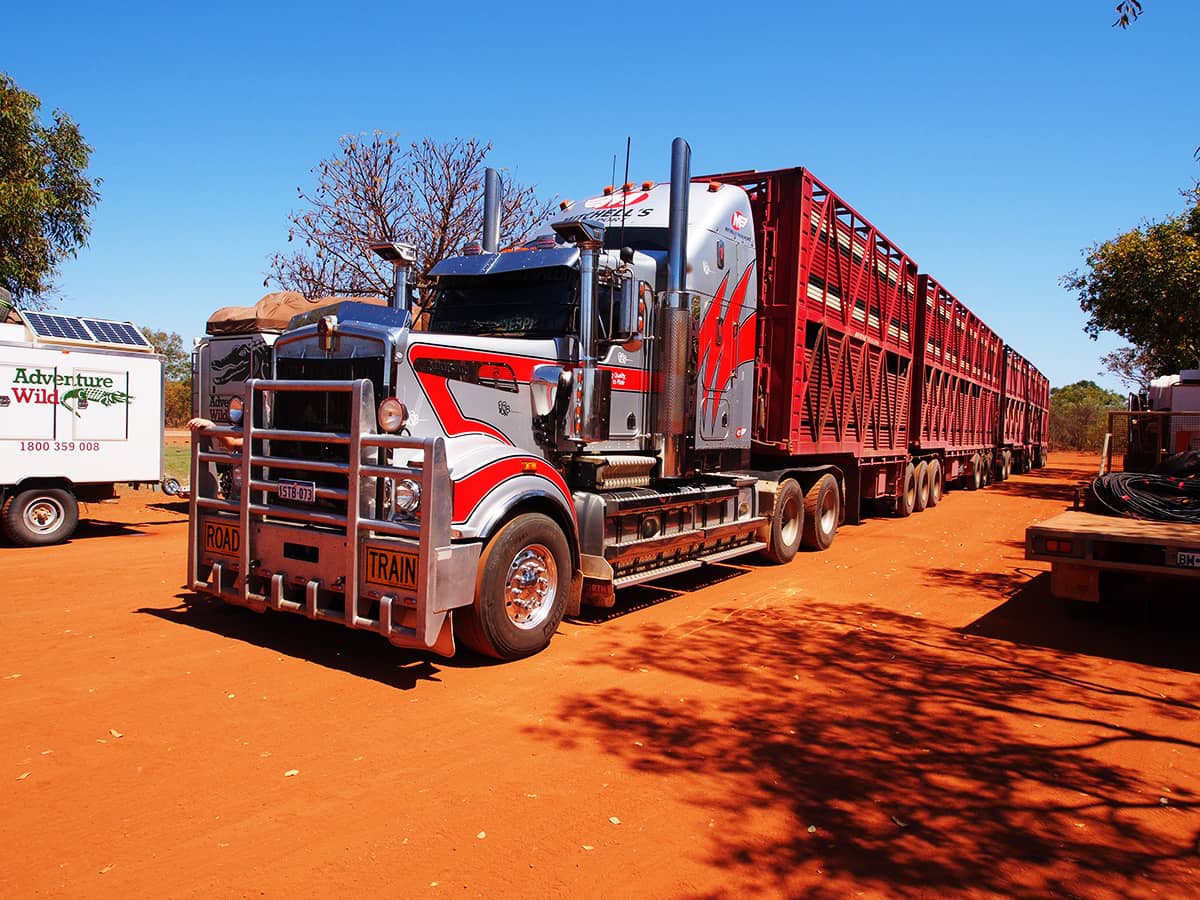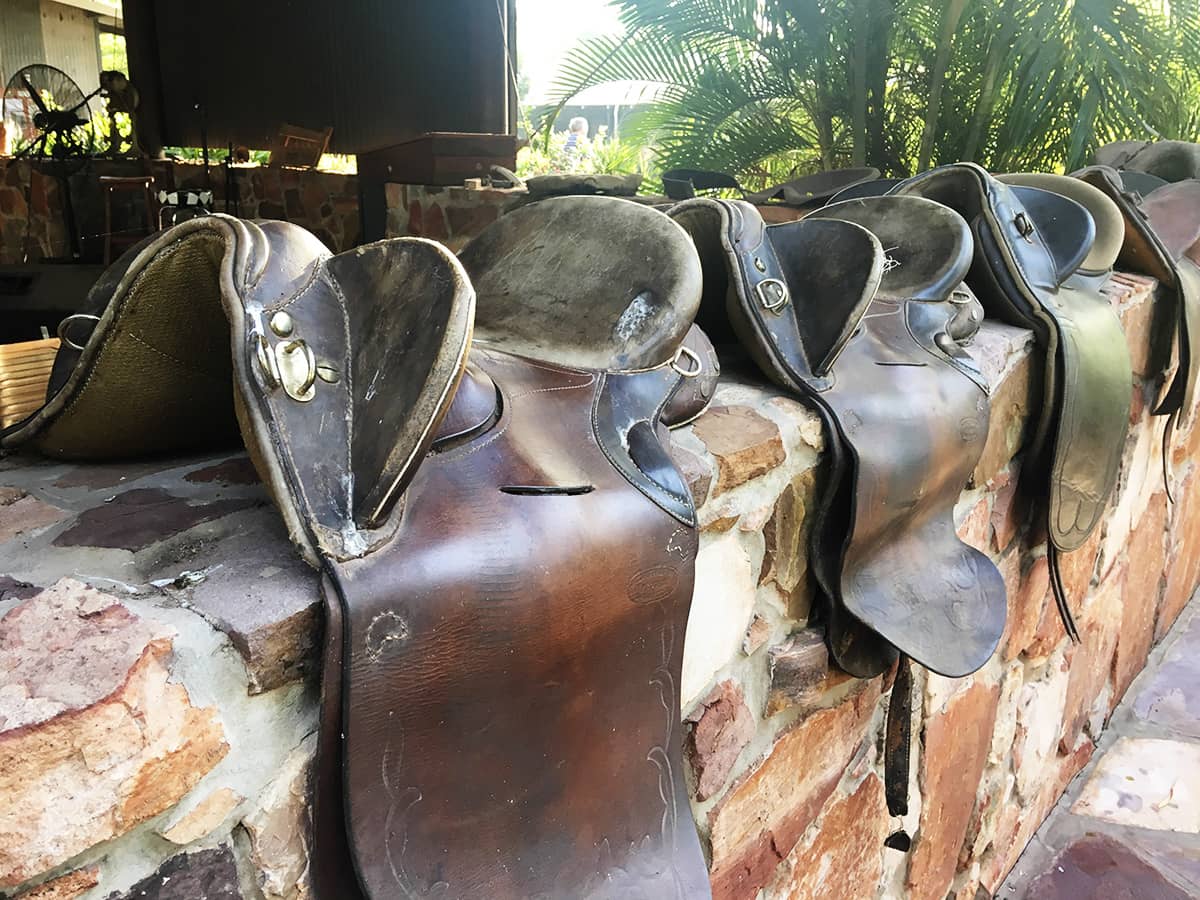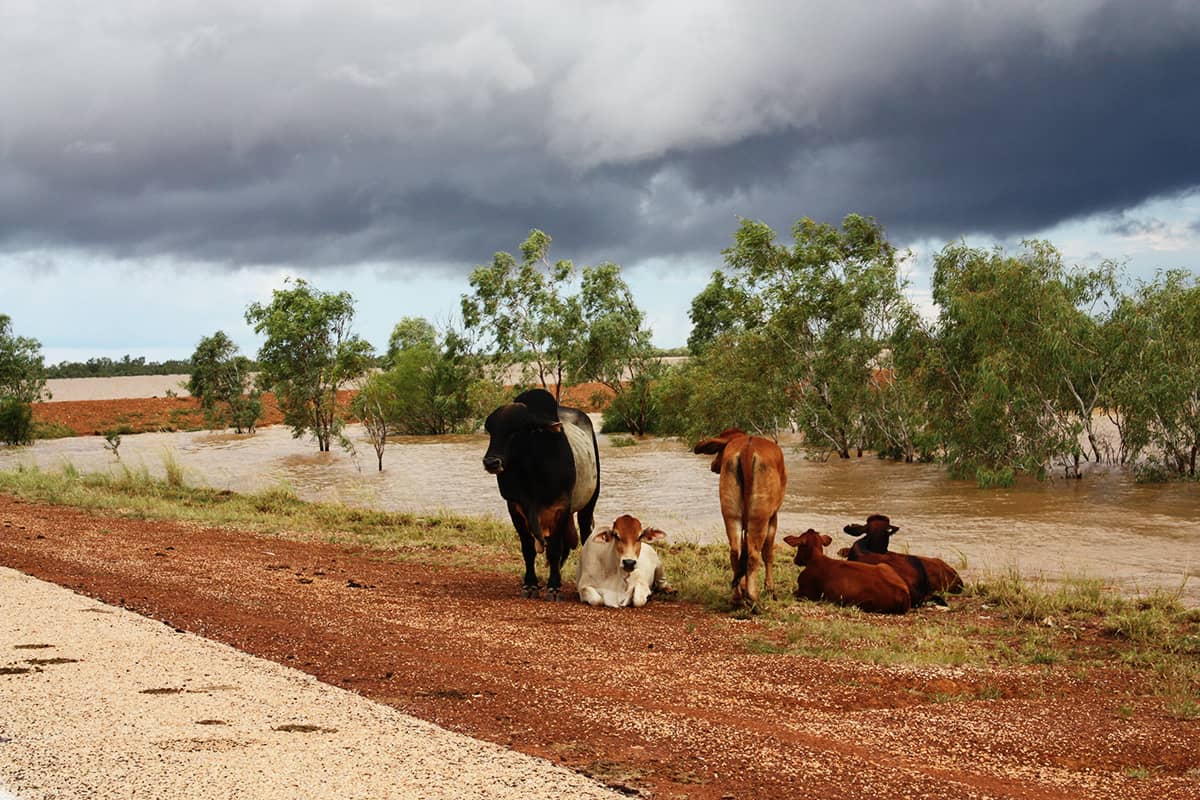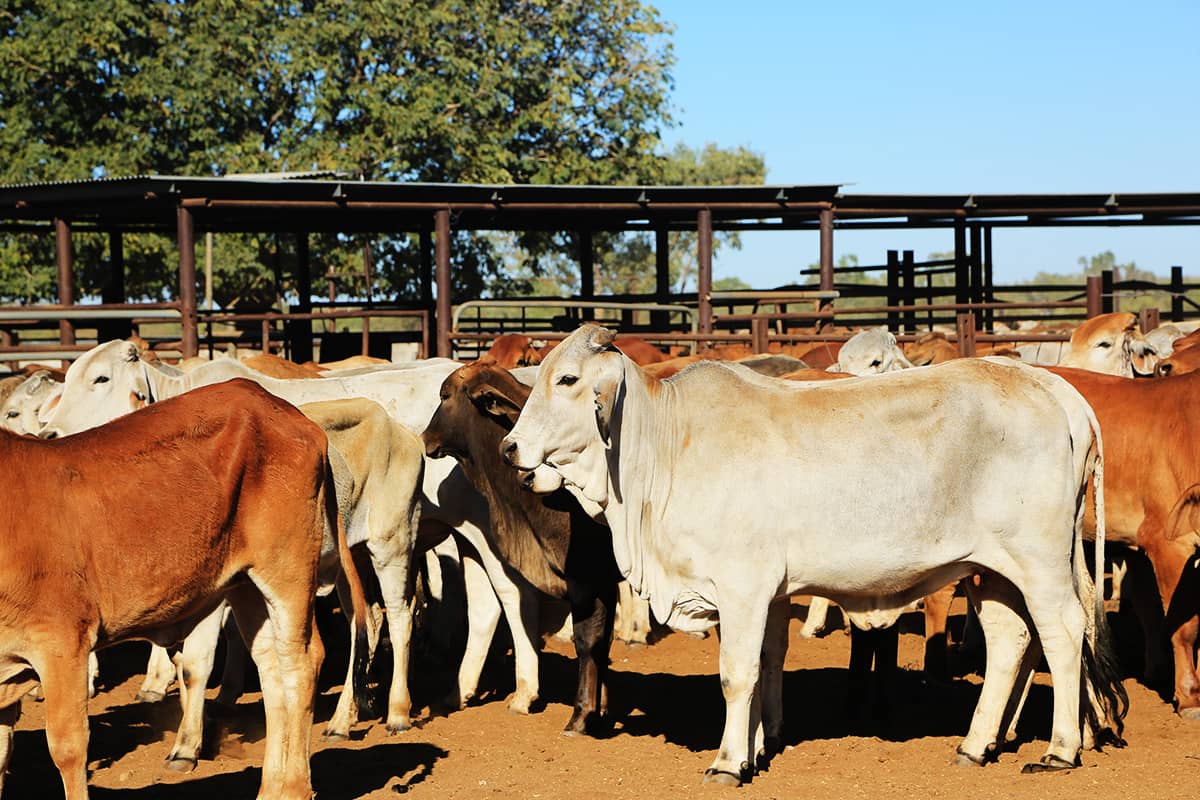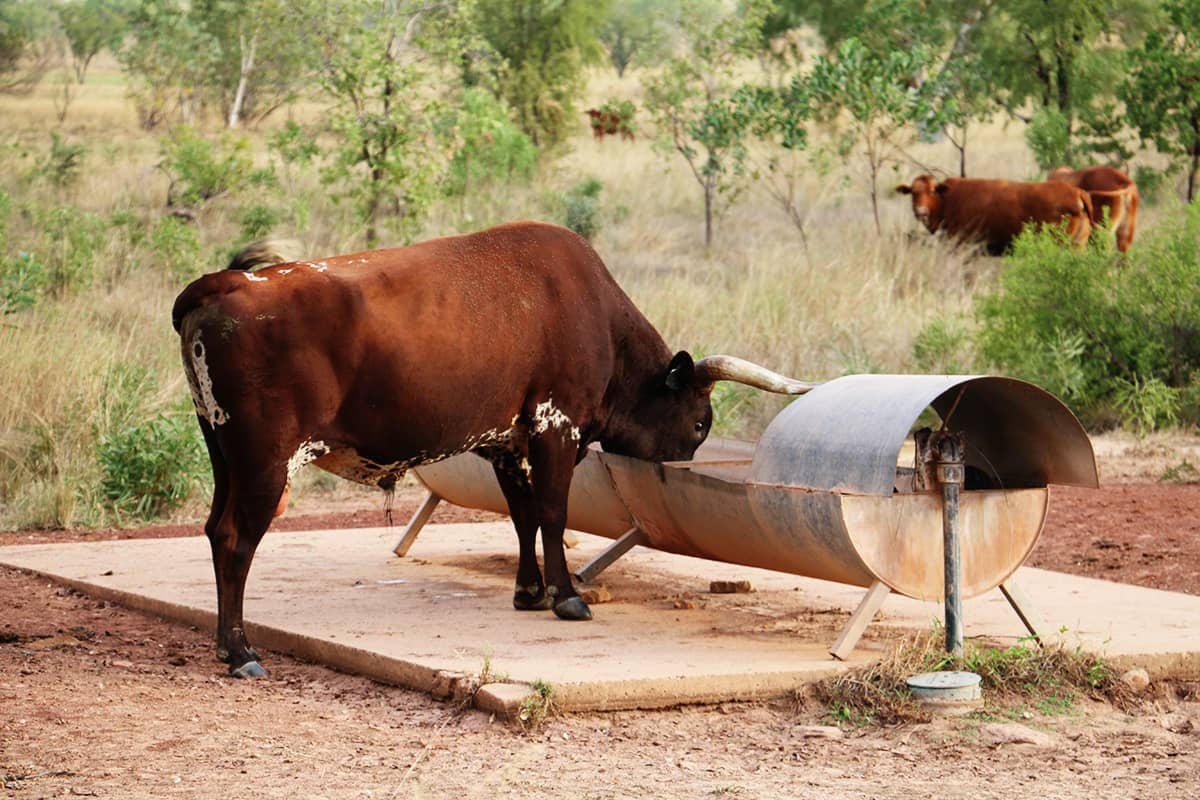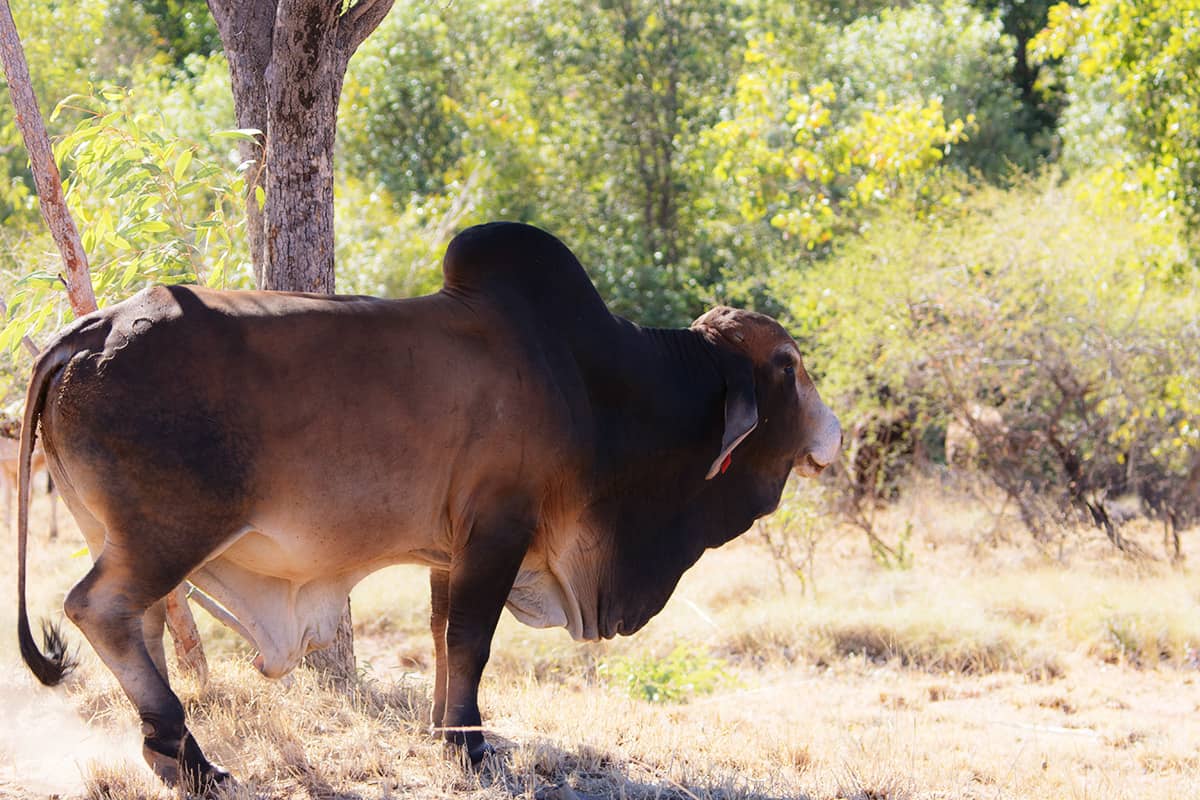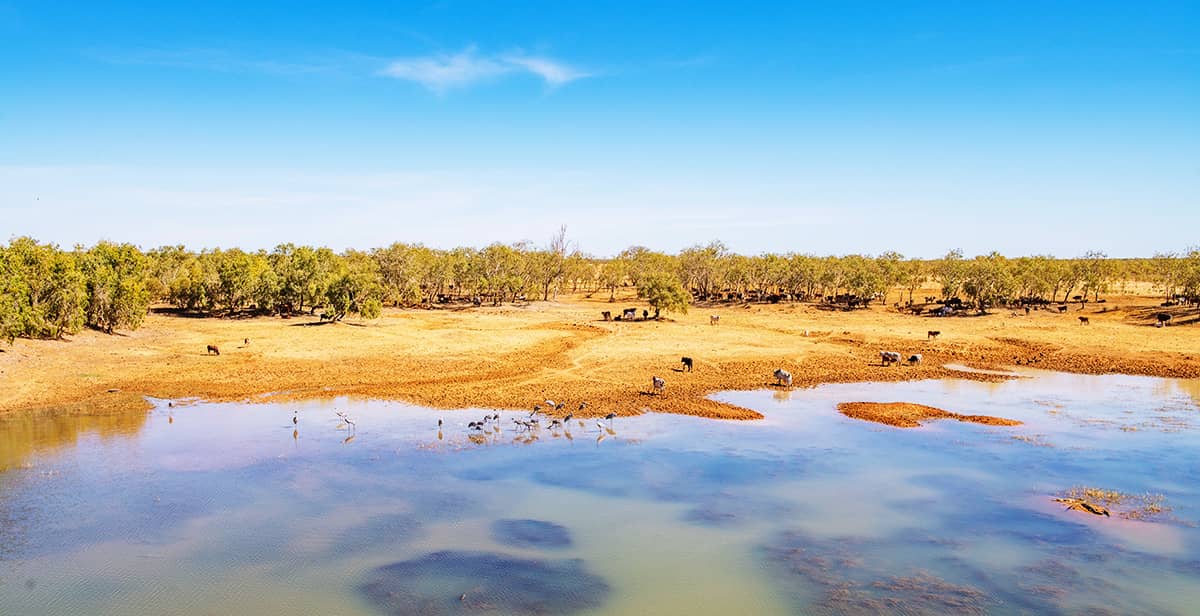Cattle Stations
Kimberley cattle stations are really interesting to visit because of their history.
European settlers started to take up the cattle stations in the Kimberly in the 1880’s. Some cattle stations have been in the same family ever since.
Tourism became a focus for many cattle stations in the 1970s when things became very difficult. There was a crisis in the beef industry because tariffs were placed on Australian beef. Many cattle stations had to think about ways to develop a new income stream and that is how providing accommodation became part of the mix.
How cattle stations operate can vary when they change hands. It is worth keeping up-to-date about their management and what is on offer for the visitor. An example of this would be Home Valley Station, which is in the hands of the Indigenous Land Corporation as well as the local Balangir people. The property still runs as a cattle station, but it is now a operated as well run premium tourist destination.
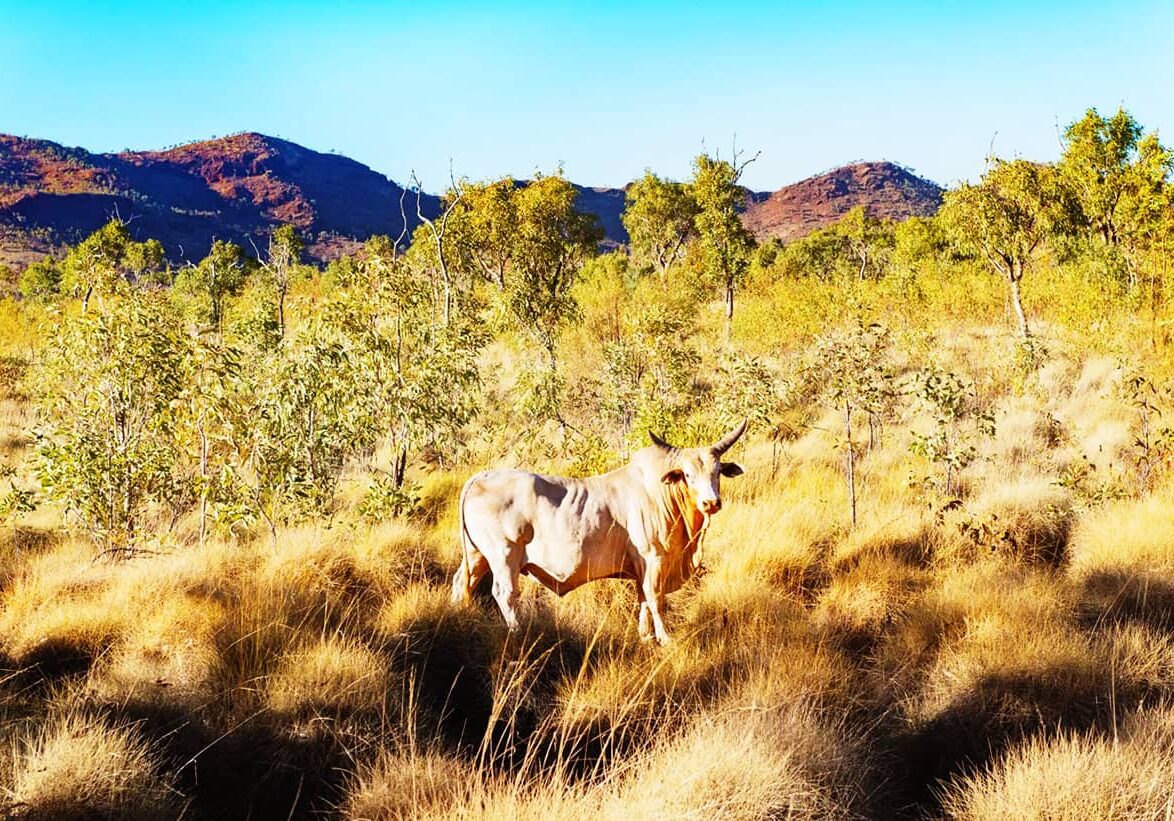
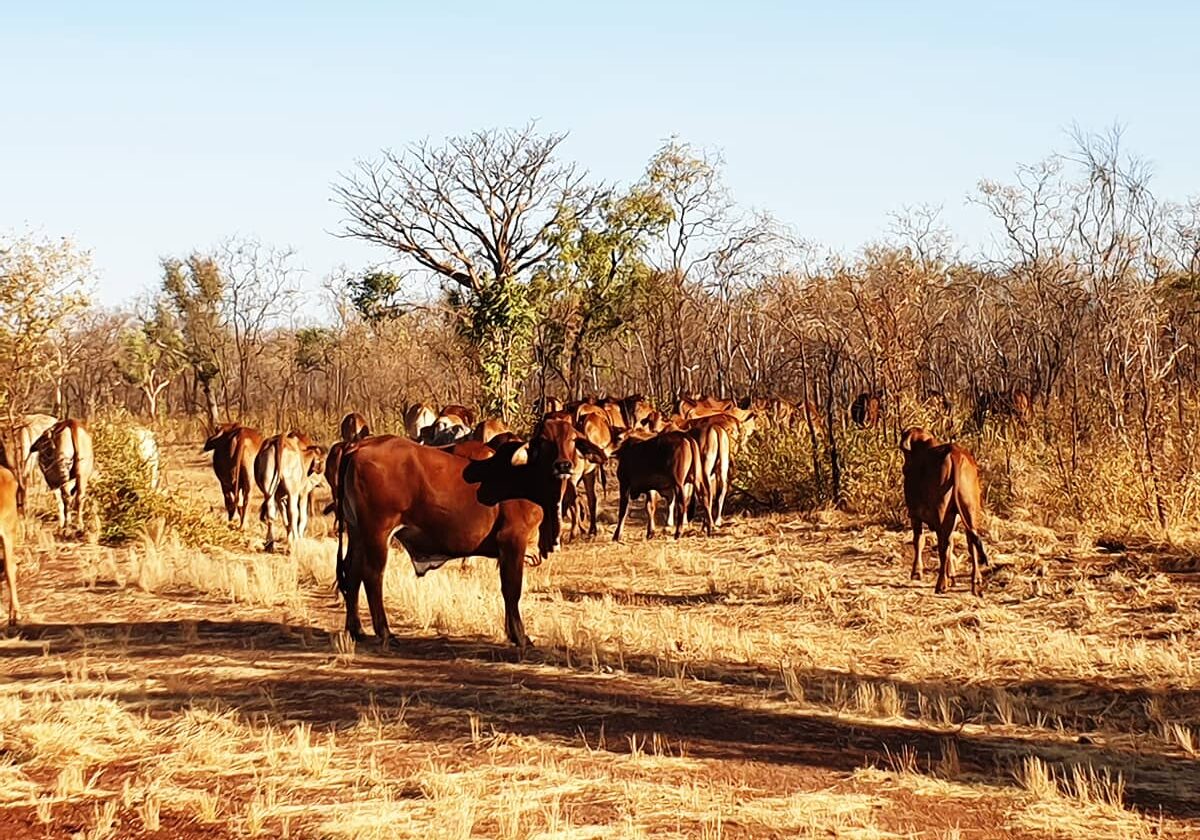
The station also operates as a training facility for young men and women who come from all over Australia to train in hospitality. It’s a really interesting place, for its history, spectacular geography and an emerging new identity.
Cattle stations in the Kimberley can be massive. They usually have at least a million acres. We often see their driveways from the highway. Those driveways can be a hundred kilometres drive to the station homestead.
Two properties Mornington and Marion Downs have become wildlife reserves protecting nearly 6,000 square kilometres. Mornington Wildlife Sanctuary is owned and managed by the Australian Wildlife Conservancy. They’re working to preserve rare birds and animals like the Gouldian Finch and the the Purple-crowned Fairy-wren and Northern Quoll. These animal reserves help the animals bounce back from the challenges that they face. For example, the Northern Quoll is in danger because of the invasion of the cane toad.
Other cattle stations are Indigenous owned and run cattle stations. These stations often have an Aboriginal art shop and those shops are fascinating places to visit to learn more about local culture. Some stations will also manage a campground for visitors as well.
Mount Barnett Station is a fairly small cattle station that runs accommodation we stay in on the Adventure Wild tour. The station also runs a roadhouse. Mount Barnett station has its own school for the children who grow up there.
El Questro is another very big station we visit. They still run cattle, but these days they’re predominantly tourism focused. This is a magnificent place to visit with a variety of options from very high end to camping grounds. El Questro offer a variety of walks, tours and activities.
During our Adventure Wild tour, we usually see some cattle moving around. We update people on how each cattle station has evolved. We sometimes get to see cattle musters in progress. Many cattle musters are done by helicopter because of the distances and scale of the properties.
Visiting cattle stations in the Kimberley is interesting for all sorts of reasons. They have a fascinating history, often incredible geography and friendly interesting people happy to talk about their local culture. They are perfect places to stay when you explore the Kimberley.
